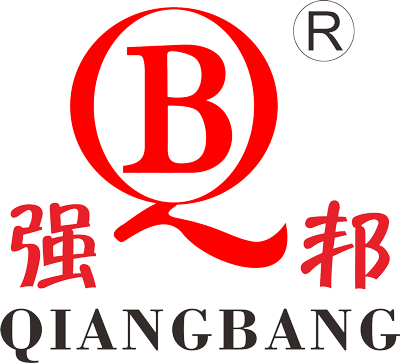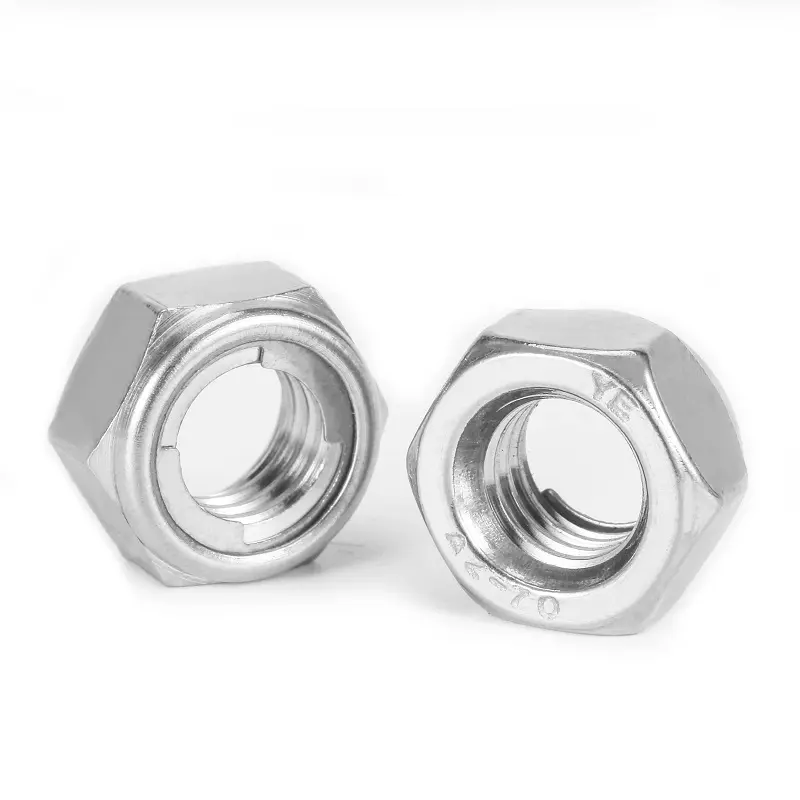Dalam dunia pengikat, kacang kunci memainkan peranan penting dalam memastikan kestabilan dan kebolehpercayaan dalam pelbagai aplikasi. Di antara banyak pilihan yang tersedia, kacang kunci keluli tahan karat menonjol untuk ketahanan dan prestasinya. Blog ini akan melihat secara mendalam tentang pelbagai jenis kacang kunci, dengan tumpuan khusus pada keluli tahan karatDIN980Mnat kunci logam jenis M, nat hex logam dua keping tork keluli tahan karat (jenis M) dan nat kunci penuh keluli tahan karat. Nat pengunci logam. Setiap produk ini mempunyai ciri unik untuk memenuhi keperluan khusus persekitaran suhu tinggi.
Nat Kunci Logam Keluli Tahan Karat DIN980M Jenis M Direka untuk aplikasi berprestasi tinggi. Nat kunci ini direka untuk memberikan ketahanan yang sangat baik terhadap kelonggaran walaupun dalam keadaan yang melampau. Reka bentuknya yang unik mempunyai permukaan bergerigi yang mencengkam benang bolt untuk memastikan kesesuaian yang selamat. Nat kunci jenis ini amat berguna dalam industri yang getaran dan gerakan adalah perkara biasa, seperti automotif dan aeroangkasa. Pembinaan keluli tahan karat bukan sahaja meningkatkan kekuatannya tetapi juga memberikan rintangan kakisan yang sangat baik, menjadikannya sesuai untuk aplikasi luaran dan marin.
Pilihan lain yang patut diberi perhatian ialah Nat Hex Logam Jenis Keluli Tahan Karat Universal Tork Dua Keping (Jenis M). Reka bentuk inovatif ini menampilkan elemen logam tambahan yang dimasukkan ke dalam elemen tork utama nat. Binaan dua keping ini meningkatkan geseran dengan ketara, sekali gus meningkatkan daya tahan nat terhadap longgar. Kepelbagaian mur pengunci ini menjadikannya sesuai untuk pelbagai aplikasi, daripada jentera hinggalah komponen struktur. Keupayaannya untuk menahan suhu melebihi 150 darjah Celsius membezakannya daripada kacang kunci tradisional, menjadikannya pilihan pertama untuk industri yang beroperasi dalam keadaan terma yang melampau.
Kacang Kunci Logam Penuh Keluli Tahan Karat adalah satu lagi jenis mesti ada yang patut diberi perhatian. Tidak seperti kacang kunci standard yang mungkin bergantung pada sisipan nilon atau bahan lain, kacang kunci semua logam direka untuk menyediakan mekanisme penguncian yang kuat tanpa risiko kemerosotan bahan. Harta ini amat berfaedah dalam persekitaran suhu tinggi di mana bahan lain mungkin gagal. Reka bentuk semua logam memastikan nat mengekalkan keupayaan menguncinya, memberikan anda ketenangan fikiran dalam aplikasi kritikal. Keupayaannya untuk menahan pengembangan dan pengecutan haba meningkatkan lagi kebolehpercayaannya, menjadikannya ruji dalam industri seperti minyak dan gas, pembuatan dan pembinaan.
Apabila memilih jenis nat kunci yang sesuai untuk aplikasi anda, faktor seperti rintangan haba, keserasian bahan dan keperluan khusus projek mesti dipertimbangkan. Pilihan keluli tahan karat yang dibincangkan di sini bukan sahaja memenuhi piawaian ini tetapi juga menawarkan prestasi yang dipertingkatkan dan umur panjang. Dengan melabur dalam kacang pengunci berkualiti tinggi, anda boleh mengurangkan dengan ketara risiko longgar dan memastikan integriti komponen anda.
Memahami pelbagai jenis kacang kunci yang terdapat di pasaran adalah penting untuk membuat keputusan termaklum semasa projek anda. Keluli tahan karatDIN980Mnat kunci logam jenis M, nat hex logam dua keping jenis tork universal dan nat kunci semua logam masing-masing mempunyai kelebihan unik untuk memenuhi keperluan khusus, terutamanya dalam persekitaran suhu tinggi. Dengan memilih kacang pengunci yang betul, anda boleh meningkatkan kebolehpercayaan dan keselamatan aplikasi anda, memastikan ia berfungsi secara optimum dalam keadaan yang mencabar. Sama ada anda dalam bidang pembuatan, pembinaan atau mana-mana industri lain, melabur dalam kacang kunci berkualiti adalah satu langkah ke arah hasil yang berkekalan.
Masa siaran: 11-Okt-2024


